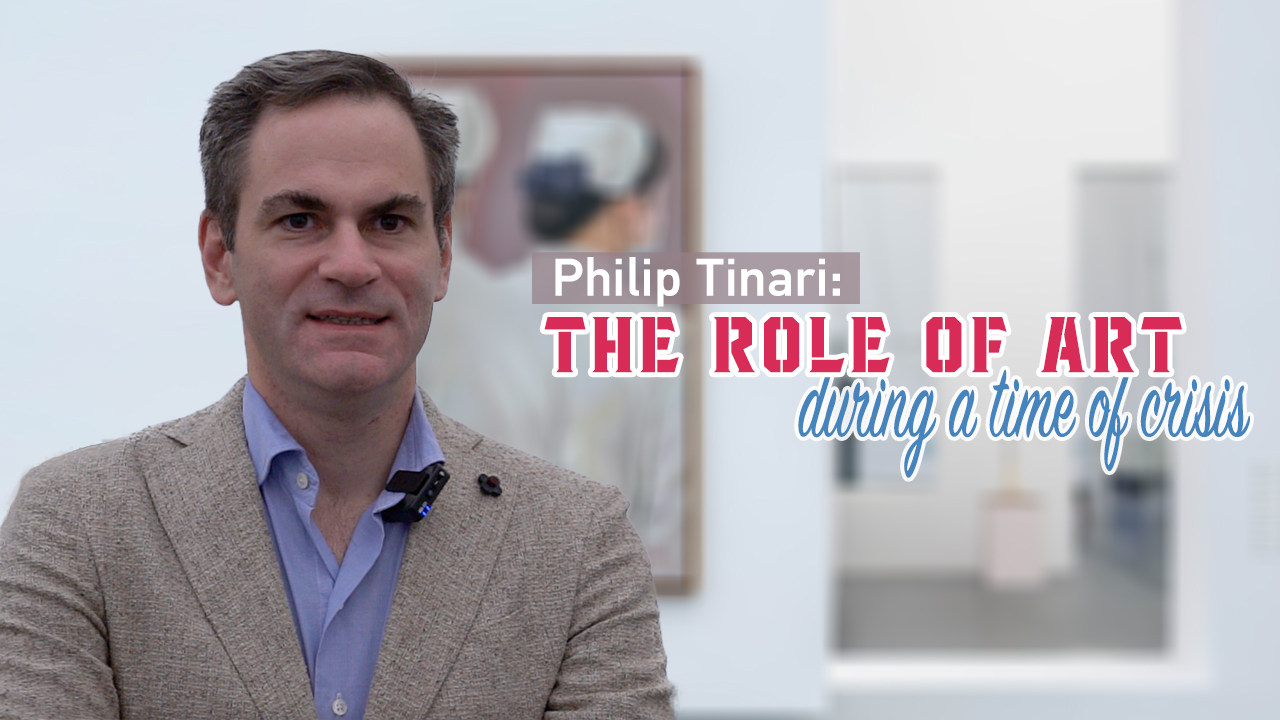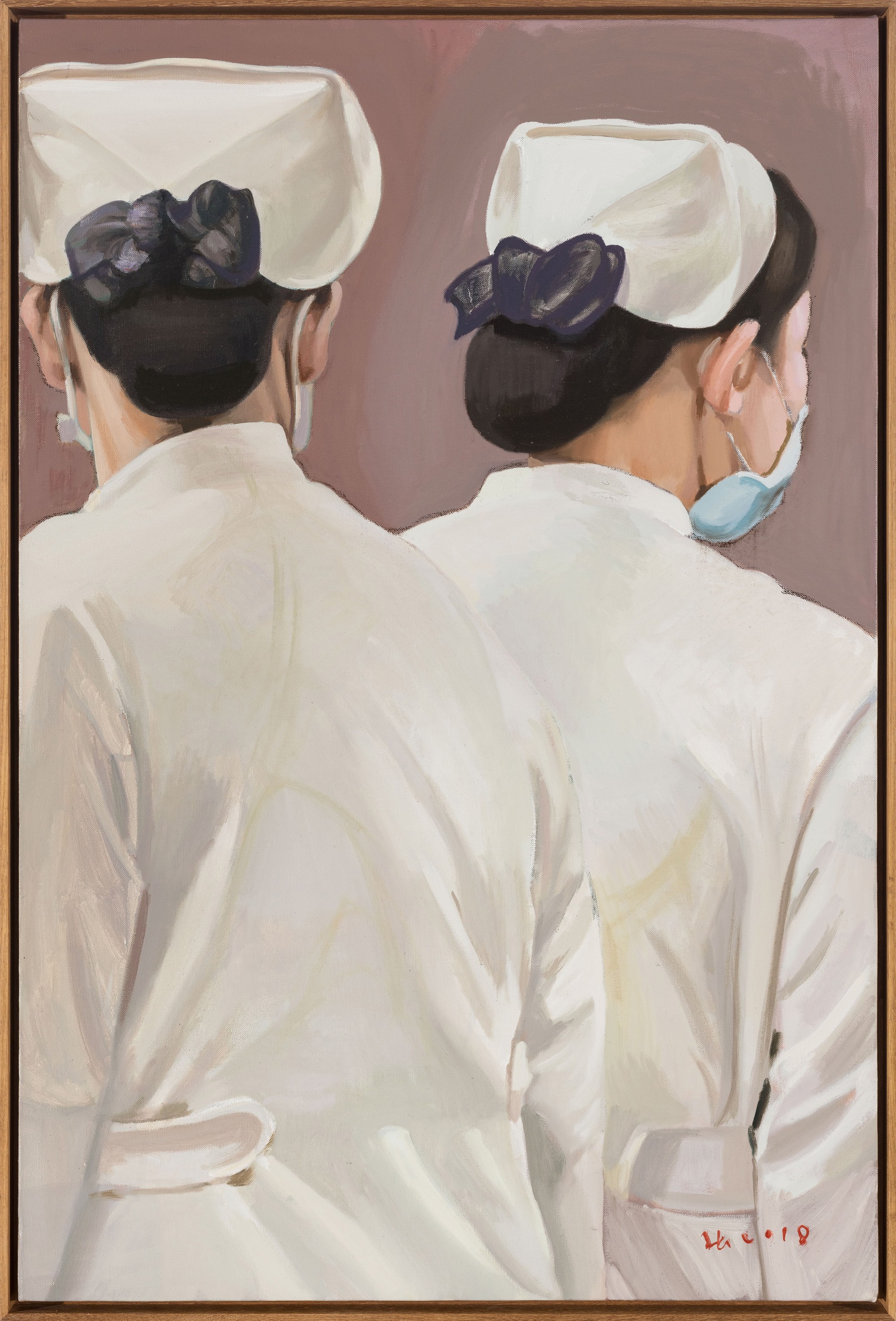01:49

After four months of silence, the UCCA Center for Contemporary Art located in 798 Art Zone in Beijing ended its longest closure with a meditation on art and crisis.
To mark its reopening, UCCA curated the "Meditations in an emergency" collection, bringing together works of 26 Chinese and international artists reflecting the role of art in such a global emergency.
Looking to art as a source of solace, reflection, and solidarity, "Meditations in an emergency" wants to inspire personal reflections through art, but also direct its audience to bigger questions.
"We always hoping to give the viewer something to think about, and at this time, especially coming out of the pandemic, it's a situation that made a lot of us reflect on our lives, on what's dear to us, on what's important," the director of UCCA Philip Tinari told CGTN.
Just as Frank O'Hara's poetry reads: "In times of crisis, we must all decide again and again whom we love." This is also where the exhibition title comes from.
Like art institutions all over the world, in an unpredictable year, UCCA, one of the leading arts institutions has learned to adapt and be flexible in light of changing conditions.
Most of the works predate January 2020 but have taken on new significance in this changed world, where the pandemic has given audience new lens to view them through.

Zhang Hui's work "Just Like in the Mirror 2." /courtesy of UCCA
Zhang Hui's work "Just Like in the Mirror 2." /courtesy of UCCA
Chinese artist Zhang Hui's paintings of masked nurses has had a very high exposure since it appeared on national news, but Director Tinari said the piece is actually from 2018.
Zhang is very interested in capturing change in time through his paintings, so his artwork is a depiction one nurse in two different moments.
"The situation makes us realize again the importance of frontline medical workers. And during which [the pandemic] we all learned what it means to wear a mask every day," said Tinari, who shared his thoughts about new perspectives the pandemic has given.

"The Jog" by Musquiqui Chihying. /courtesy of UCCA
"The Jog" by Musquiqui Chihying. /courtesy of UCCA
Structured in five sections – everyday life, the body and biopolitics, the human/animal dichotomy, migration and borders, and the information landscape.
Some of the works are very abstract, said Tinari, but still encouraged people to come and appreciate these works of art.
"People shouldn't be afraid of art," he said, adding "people shouldn't be afraid to believe in what they already know, to think about how what they see connects to their own experience.”
UCCA also provides free tours for visitors that give insights on the artworks in this exhibition.
The exhibition will run to August 30.
(Video Editor: Liang Si. Cover image designer: Feng Yuan)